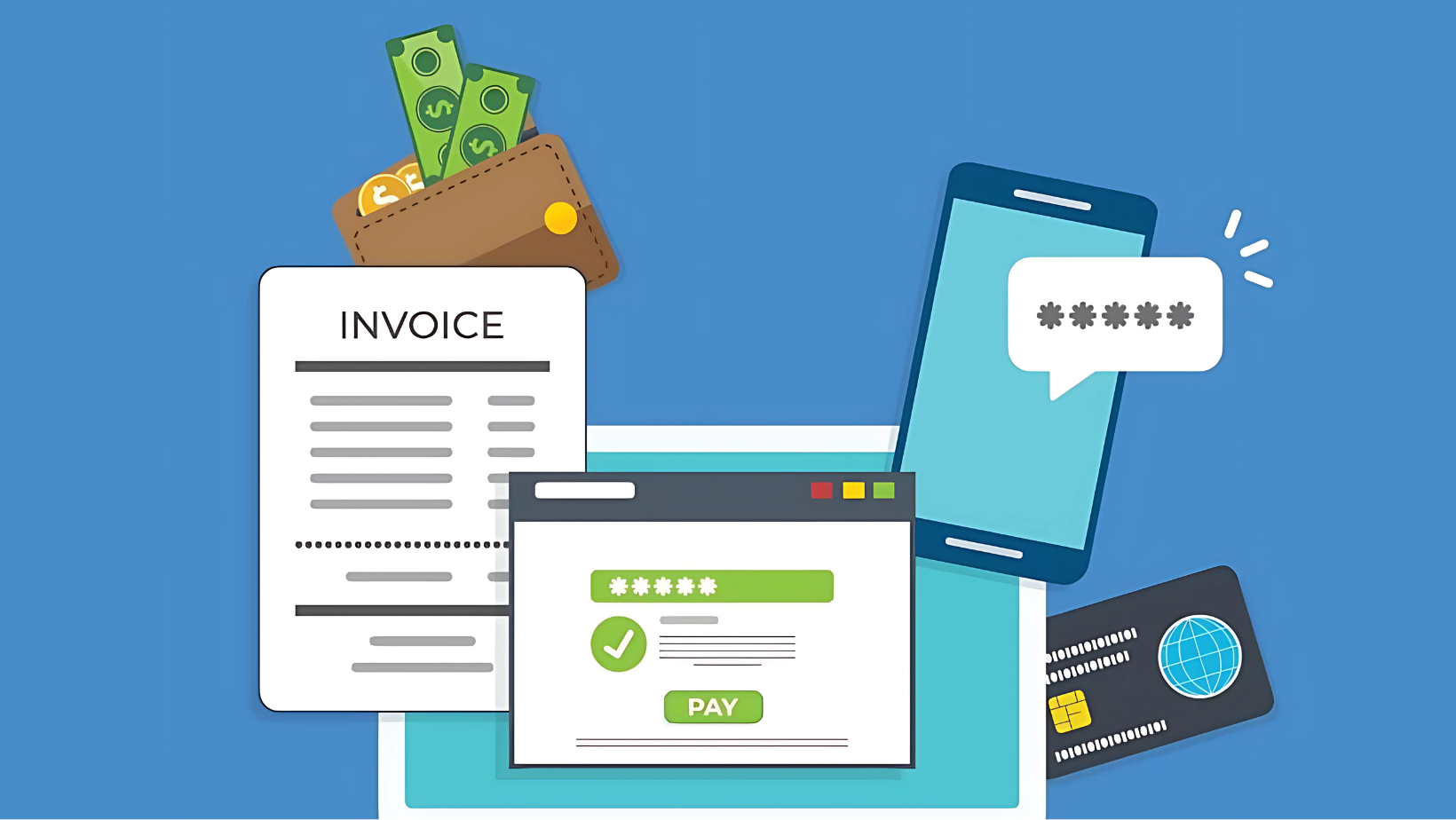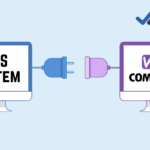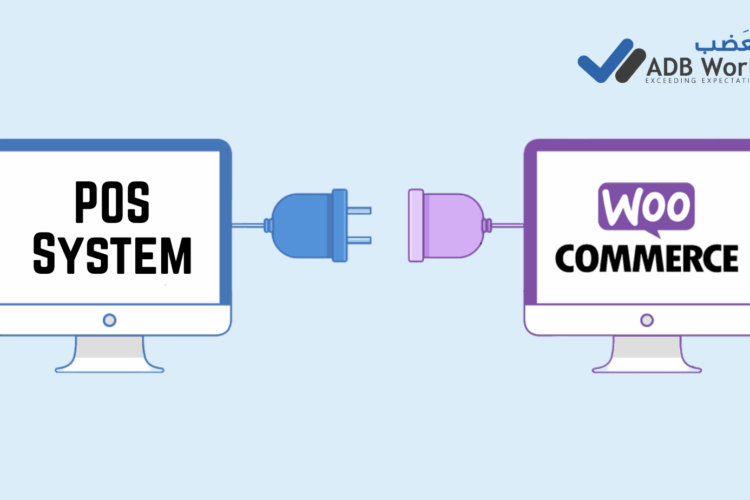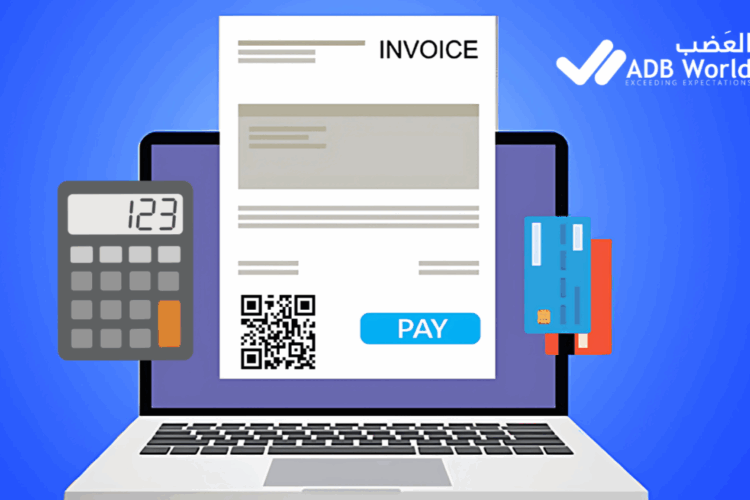
The Kingdom of Saudi Arabia (KSA) has mandated the implementation of e-invoicing through the Zakat, Tax, and Customs Authority (ZATCA), previously known as GAZT. This e-invoicing requirement applies to all VAT-registered taxpayers, excluding those categorized as non-residents for VAT purposes. As part of the e-invoicing rollout, Phase 2 is a critical step where businesses must integrate their ERP/POS systems and billing software with the ZATCA Fatoora portal.
Choosing the right integration method for e-invoicing is essential for compliance. Various integration solutions are available, including direct API integration, SFTP-based integration, database integration, POS integration, and more. The selection depends on your business requirements and the type of invoices you generate.
Direct API Integration with ERP Systems
The direct API integration method allows seamless connection between multiple ERP/POS systems and ZATCA’s Fatoora portal via RESTful APIs. This integration is highly recommended as it ensures smooth and real-time invoice generation, with minimal modifications required to your existing systems.
For businesses generating standard tax invoices, maintaining an always-online connection is necessary. The process under this integration method is as follows:
- Invoice Generation: Your ERP generates the invoice and transmits it to the e-invoice solution with all required mandatory fields in JSON, CSV, or XML format.
- Validation and Creation: The e-invoice solution validates the data and generates essential parameters such as UUID, Invoice Counter Value (ICV), Previous Invoice Hash (PIH), and Invoice Hash (IH).
- ZATCA Clearance: The e-invoice solution sends the invoice data to ZATCA for clearance. Upon approval, ZATCA provides a QR code and cryptographic stamp.
- Finalization and Issuance: The e-invoice is returned to your ERP system, generating a PDF/A3 invoice with embedded XML and the ZATCA-approved QR code.
- Archiving: The e-invoice is archived for future reference and compliance.
For businesses only needing simplified tax invoices, integration can occur at regular intervals, rather than continuously. This allows you to issue invoices and report them to ZATCA as needed.
SFTP-Based Integration
SFTP-based integration offers a secure way to transfer invoice data between your ERP/POS systems and the e-invoice solution. This method is suitable for businesses with strict IT security policies that prevent direct API integrations.
The process is as follows:
- SFTP Server Setup: Establish an SFTP server within your IT landscape to store invoice data.
- Invoice Transmission: ERP/POS systems upload the invoice data to the SFTP server.
- Data Flow: The data moves from the SFTP server to ZATCA via the e-invoice solution using secure APIs for clearance.
- ZATCA Approval: ZATCA approves or rejects the invoices, and the status is sent back to the e-invoice solution.
- Final Delivery: ZATCA-compliant invoices are sent from the e-invoice solution back through the SFTP server to your ERP/POS system.
- Archiving: The invoices are stored for future reference and compliance.
Database Integration
Database-based integration involves connecting your systems to an intermediate database that maps invoice data for processing.
The process for database integration is as follows:
- Staging Database Setup: Create a staging database and local agent within your IT landscape.
- Data Flow: Invoice data is transferred to ZATCA through the local agent and e-invoice solution, using secure APIs for clearance.
- Approval: Once ZATCA approves the invoice, it sends the status back to the e-invoice solution.
- Finalization: The ZATCA-approved e-invoice is returned to your ERP/POS via the staging database.
- Archiving: The e-invoices are archived as required for future compliance.
POS Integration
POS integration allows businesses to generate e-invoices offline and report them to ZATCA at specific intervals, making it ideal for businesses that only need to generate simplified tax invoices.
The e-invoicing process for POS integration is as follows:
- Offline Invoice Generation: POS systems generate invoices offline with required details, including UUID, ICV, PIH, IH, QR code, and cryptographic stamp.
- Issuance: Simplified tax invoices are issued immediately to the buyer as a physical copy or PDF/A3 with embedded XML.
- Reporting: At regular intervals, the POS system connects to the e-invoice solution and sends invoice data for reporting to ZATCA.
- ZATCA Validation: Once ZATCA validates the e-invoice, the reporting status is stored in the e-invoice solution, which can be accessed by the POS system.
- Archiving: The invoices are archived for future reference.
Excel-Based Data Upload
For businesses with a limited number of invoices or those generating only simplified tax invoices, an Excel-based data upload method may be suitable.
The process involves:
- Excel Template Creation: Use customized Excel templates to manually fill out invoice data.
- Upload to E-Invoice Solution: The completed data is uploaded to the e-invoice solution, which then sends it to ZATCA for processing.
- ZATCA Approval: Once ZATCA clears the invoice, it returns the status to the e-invoice solution.
- Issuance: The system issues the final e-invoice in the required format, and it can be archived for compliance.
UI-Based Integration for E-Invoicing in KSA
If your business lacks an ERP or order management system, UI-based integration provides an easy way to generate e-invoices. This method is ideal for businesses with simpler invoicing needs, allowing them to create and convert invoices to e-invoices using an intuitive web interface.
How ADB World Supports Phase 2 E-Invoicing Integration in Saudi Arabia
At ADB World, we offer a range of e-invoicing solutions to ensure full compliance with ZATCA’s Phase 2 e-invoicing regulations.
ADB World provides 150+ smart data validations to ensure invoice data complies with ZATCA regulations and generates error-free e-invoices.
ADB World’s e-invoicing solution generates UUID, ICV, IH, and QR codes and converts invoices into UBL 2.1 XML format.
ADB World integrates with ZATCA to report XML invoices and receives the approved XML back from ZATCA.
ADB World adds the Phase II QR code and approved XML to the existing invoice to generate the final PDF A/3 invoice.
With ADB World, you can ensure that your e-invoicing processes are compliant with ZATCA requirements, while benefiting from hassle-free integration options. Our solutions are tailored to meet the specific needs of your business, ensuring a smooth transition to the new e-invoicing system.






